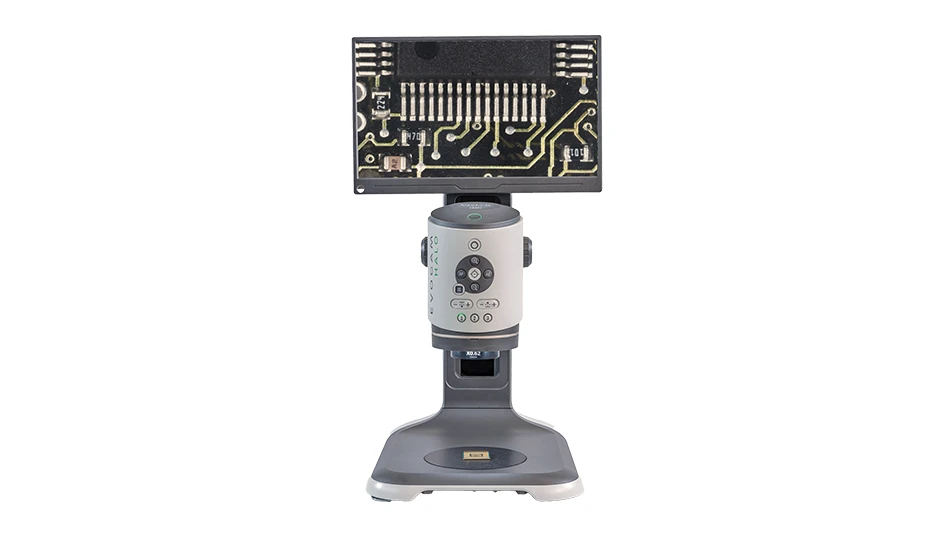 Engineers at Oregon State University (OSU) have used additive manufacturing (AM) to create an improved type of glucose sensor for patients with Type 1 diabetes, part of a system that should work better, cost less, and be more comfortable for the patient.
Engineers at Oregon State University (OSU) have used additive manufacturing (AM) to create an improved type of glucose sensor for patients with Type 1 diabetes, part of a system that should work better, cost less, and be more comfortable for the patient.
The technology would create an artificial pancreas using a single point of bodily entry, or catheter, instead of existing systems that require four entry points, usually in a type of belt worn around the waist. A key advance is the use of electrohydrodynamic jet printing – e-jet printing – to make the sensor. The e-jet printer creates fine drops and works with biological materials such as enzymes.
“This technology and other work that could evolve from it should improve a patient’s health, comfort, and diabetes management,” says Greg Herman, an OSU associate professor of chemical engineering.
These systems provide constant monitoring of blood glucose concentrations and are matched with portable infusion pumps. They control delivery of the hormones insulin and glucagon and maintain safe levels of glucose in the blood.
Researchers say this system may ultimately prove useful with Type 2 diabetes as well, and it has the capability of making other biological measurements beyond just blood sugar.
 From an engineering perspective, the new approach is more precise, less intrusive, uses fewer processing steps, avoids waste, and costs less.
From an engineering perspective, the new approach is more precise, less intrusive, uses fewer processing steps, avoids waste, and costs less.
“These are disposable devices that only last about a week and then need to be replaced,” Herman says. “Some other approaches used to make them might waste up to 90% of the materials being used, and that’s a problem in a throw-away sensor. It’s also important to keep costs as low as possible, and printing systems are inherently low-cost.”
Another important advance is the use of plastic substrates the same thickness as kitchen plastic wrap, so that the sensors can be wrapped around a catheter.
“The challenges of making these sensors on such thin plastic films were difficult to overcome, but we found that additive manufacturing approaches simplified the process, and should lead to much lower costs,” says John Conley, an OSU professor of electrical engineering.
A patent has been applied for the technology by OSU and Pacific Diabetes Technologies of Portland, Oregon, which is working to commercialize the system.
Collaborators on the research included the OSU School of Chemical, Biological and Environmental Engineering; OSU School of Electrical Engineering and Computer Science; Oregon Health & Science University; and Pacific Diabetes Technologies. Other support came from the Leona M. and Harry B. Helmsley Charitable Trust, the Oregon Nanoscience and Microtechnologies Institute, and the Juvenile Diabetes Research Foundation.
Oregon State University
www.oregonstate.edu

Explore the June 2015 Issue
Check out more from this issue and find your next story to read.
Latest from Today's Medical Developments
- USMTO January 2025 declined 29.8% from December 2024
- Archimedic’s OpenQMS
- Copper-infused microvesicles (CiMs)
- Portescap’s advanced motion controller for BLDC motors
- Social media - what are your thoughts
- Dassault Systèmes enters next phase of Living Heart Project with AI-powered virtual twins
- Bruker’s X4 POSEIDON advanced X-ray microscope
- #53 - Manufacturing Matters - 2024 Leaders in Manufacturing Roundtable





